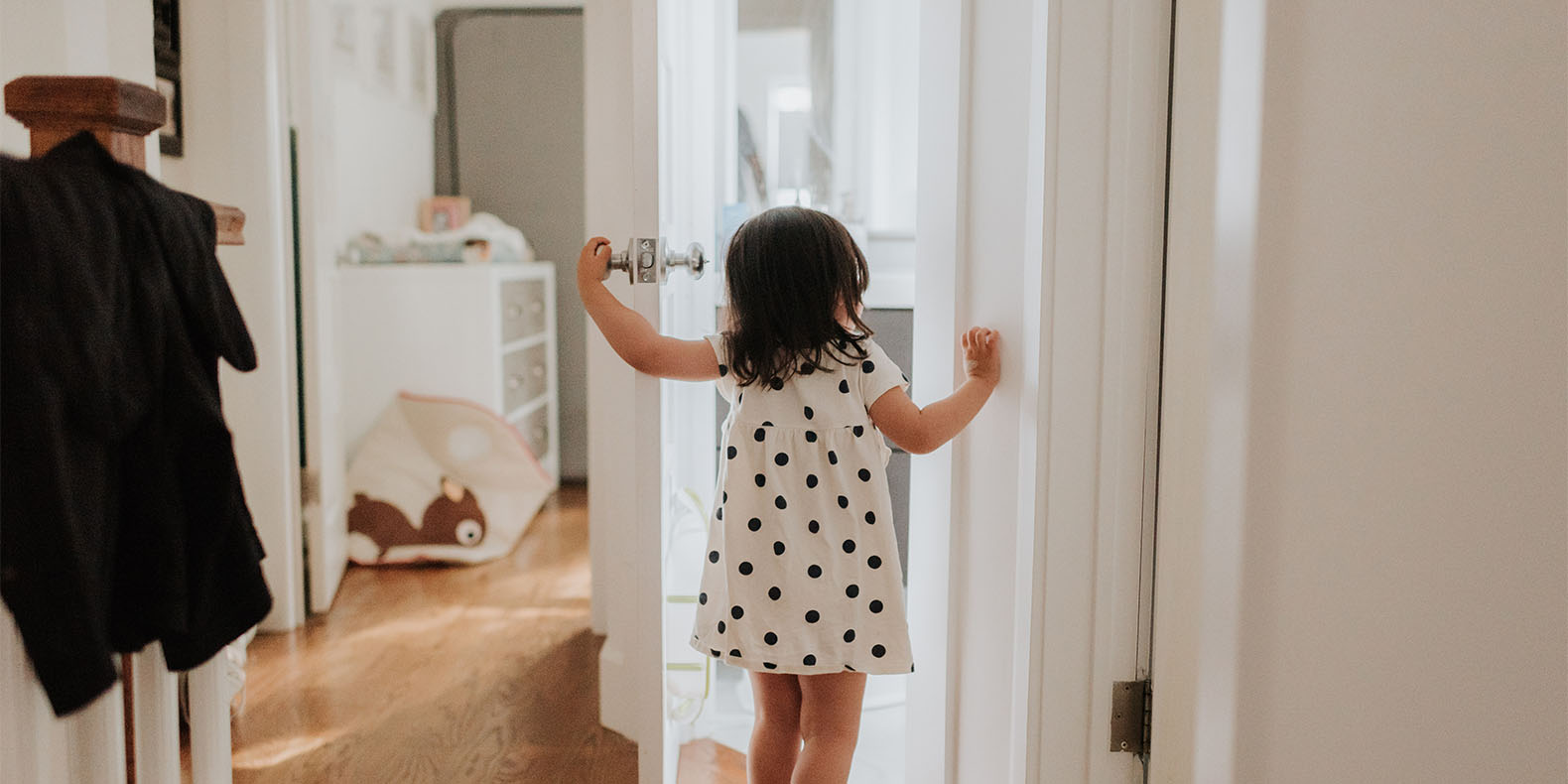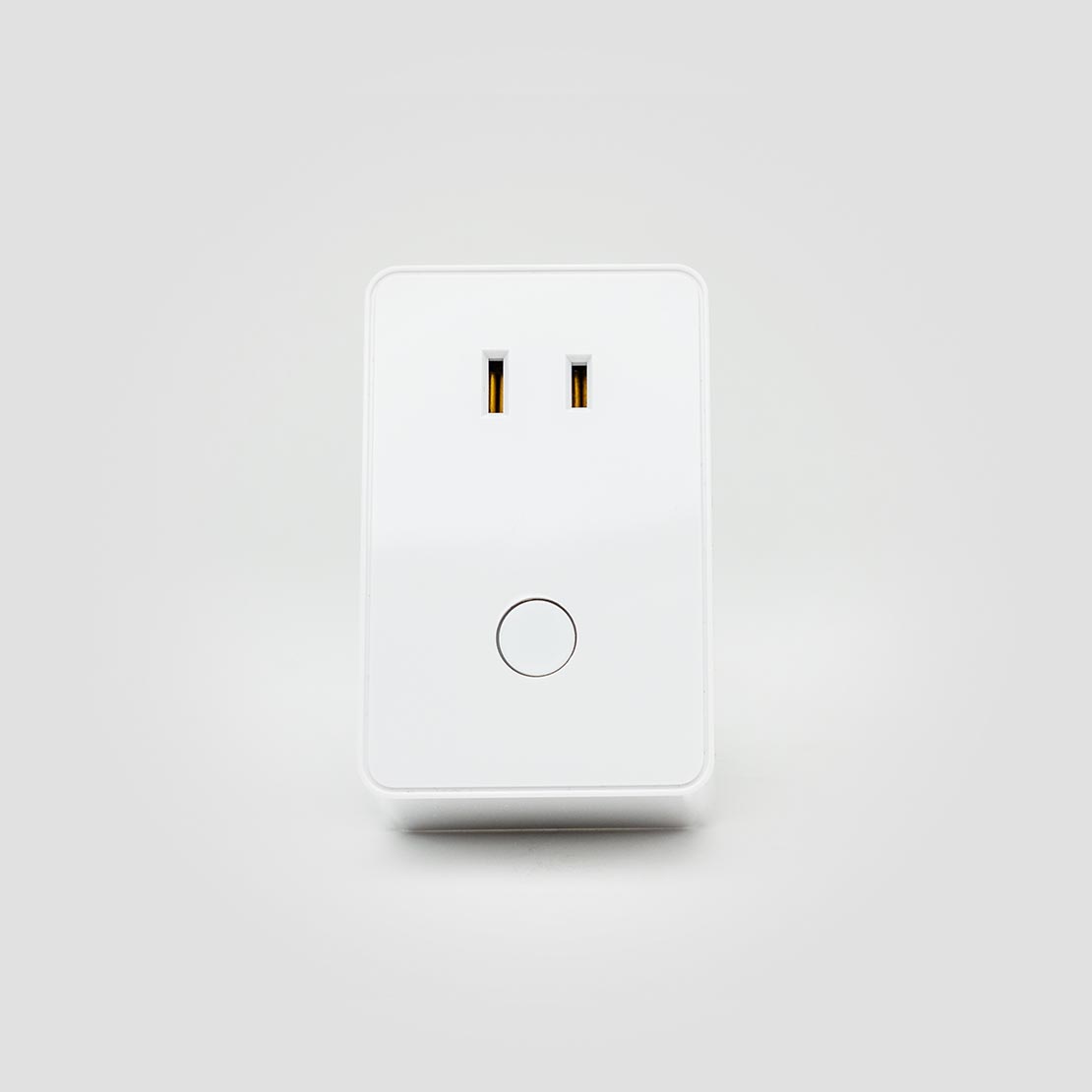Home energy management systems lead to reduced energy consumption and lower utility bills, helping households go green. Lucky for homeowners, your home security system can serve a dual role in this regard, giving you the capability to remotely manage lights and thermostats for both safety and convenience.
Of those homeowners with security systems in place, 40% have interest in energy management solutions to achieve the above benefits.
In this post, we detail how consumers can reduce home energy consumption by bundling temperature control and programmable lighting into their security systems.
Automated Temperature Control
On average, Americans spend $163 per month on utilities (both gas and electric); that's $1,956 per year. The largest expense is heating and cooling with as much as half of energy consumption going toward temperature control.
That said, effective management of your thermostat could significantly decrease your carbon footprint, and subsequently lower your bill. According to the U.S. Environmental Protection Agency, "a programmable thermostat can save you about $180 every year in energy costs."
With an interactive security system, you can create customized schedules for your thermostat that fit your lifestyle. For example:
- Change temperature settings remotely; all you need is a web browser or mobile app.
- Preset your thermostat to adjust the temperature when you're asleep or away to eliminate unnecessary energy use.
- Automatically adjust your thermostat when you leave or return home by syncing it with security sensors.
Programmable Lighting
In addition to remote thermostat control, an interactive security system enables you to turn lights and appliances on and off while away.
This means that if you accidently leave your lights on after leaving the house, you can simply login to your security system online or via your mobile device to turn them off. The result is more control and convenience, and smarter energy usage.
With some systems, you can even sync your lights with motion sensors. This way, they are automatically turned off when no one is in the room, cutting down on unnecessary use.
How Are You Reducing Energy Consumption and Costs?



